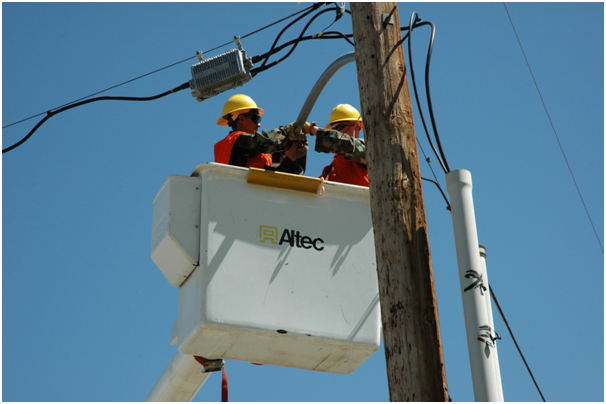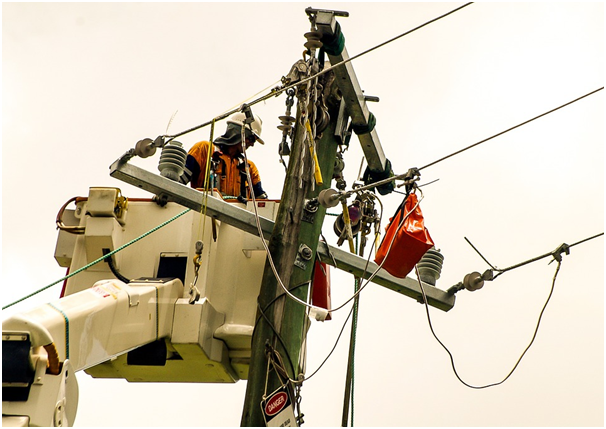We tend to take electricity for granted, but when carrying out work on or near electrical circuits, its something that needs to be treated with respect.
Electrocutions kill more than 140 construction workers in the US every year, and many more suffer electric shocks. Most of these incidents can be avoided by following a few simple safety precautions.
Basic checks
There are some basic precautions that everyone who comes into contact with electricity needs to observe. These should be second nature but are ignored or forgotten all too often. These include the fact that electricity and water can be a lethal combination, so you should never work on electrical equipment in a wet environment or with wet hands.
You should also never use electrical appliances if they have a damaged plug, frayed lead, or if the insulation or outer casing of the device itself is damaged. When working on electrical circuits in the home, always turn off the power at the consumer unit before commencing. Use a tester to verify that the circuit is not live before starting work.
Any equipment used outdoors needs to be connected via a residual current device (RCD) that will shut off the circuit in the event of a problem, such as cutting through the cable. Installations should always have a circuit breaker or fuse with the appropriate rating to ensure that they are protected in the event of a short circuit or power surge.
Advanced tips
For professionals working on electrical control components, its important to always use insulated tools and wear insulated gloves and goggles if required. Safety equipment is available from suppliers like http://www.osmelectrical.com/. If working at height, its best to use a wooden ladder to avoid any electrical discharge being grounded.
Outdoor work with underground cables needs to be conducted with care. Damp soil can conduct electricity, so an earth fault could cause a shock. Its best to work carefully around cables and wear insulated gloves.
Working on circuits with capacitors needs special care. A capacitor can hold enough charge to cause a shock, even if its been unused for some time. You must ensure that capacitors are properly discharged before attempting to remove one or work on a circuit that contains one. You can use a lightbulb to drain the last of the stored energy.





